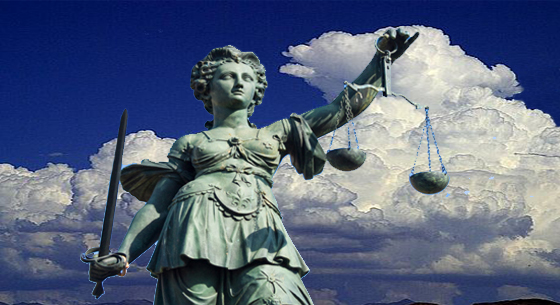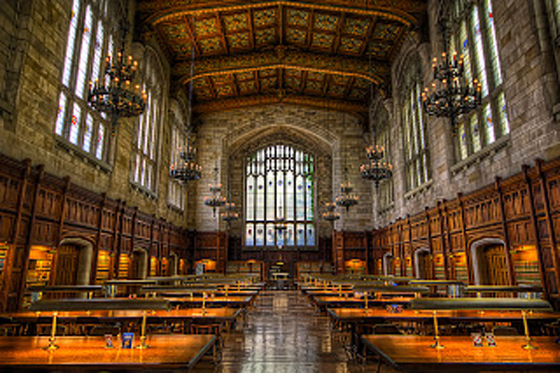Procedure for application for an extension of time to appeal, or also other applications for an extension of time - principles can be found in Murray v Rodgers, 2012 as follows:
[2]
The
principles that govern extension of time were reviewed in Gaudet v. Gaudet
(2009), 350 N.B.R. (2d) 237, [2009] N.B.J. No. 223 (C.A.) (QL), where it is
stated as follows:
Applications
for an extension of time to appeal are determined according to the principles
Ryan J.A. set out in Atlantic Pressure Treating Ltd. v. Bay Chaleur
Construction (1981) Ltd. reflex, (1987), 81 N.B.R. (2d) 165 (C.A.), [1987]
N.B.J. No. 528 (Q.L.):
... the
basic rule to be followed in dealing with an application to extend time for appeal
is that leave should be granted if justice requires that it be given. ...
Generally, an intention to appeal must be formulated prior to the time for an
appeal expiring. But if any rule is necessary, it would have to be that the
judge hearing the motion is bound, above all other considerations, to do
justice in each particular case. [para. 7]
These
principles were applied in Naderi v. Strong 2005 NBCA
10 (CanLII), (2005), 280 N.B.R. (2d)
379, [2005] N.B.J. No. 67 (Q.L.), 2005 NBCA 10, where the Court explained
further:
[...] to
do justice in a particular case requires a balancing of the prejudice to both
parties resulting from the decision to grant or refuse the extension of time.
An intention to appeal within the time prescribed and any explanation given by
the proposed appellant for missing the limitation period are factors to be
considered together with any evidence of actual prejudice the delay would cause
to the other party. Equally important to the equation is the determination of
whether or not there is a serious issue to be appealed [...] as opposed to the
matter being frivolous or vexatious, or, stated differently, whether or not
there is an arguable case for consideration by the Court: see Duke v. B.L.E.,
[1989] N.B.J. No. 716 (C.A.), per Stratton, C.J.N.B. and Doug's Recreation
Centre Ltd. et al. v. Polaris Industries Ltd. 2001
CanLII 19446 (NB CA), (2001), 237 N.B.R. (2d)
190; 612 A.P.R. 190 (C.A.) per Robertson, J.A. Balancing these and any other
relevant factors will enable an application judge to ensure that justice is
done in the particular case.
In R. v.
Roberge, 2005 SCC
48 (CanLII), [2005] 2 S.C.R. 469,
[2005] S.C.J. No. 49 (Q.L.), 2005 SCC 48, the Supreme Court took the unusual
step of giving reasons in denying an application for an extension of time for
leave to appeal. The applicant in that matter was seeking an extension of time
to apply for leave to appeal a judgment of the Court of Appeal for
Saskatchewan, [2004] S.J. No. 651. He had not served and filed a notice of application
for leave to appeal within 60 days, as required by s. 58(1)(a) of the Supreme Court Act, R.S.C. 1985, c. S-26.
Four months after the delay expired, he sought an extension of time. He
explained having given instructions to his counsel to seek leave to appeal the
day following the judgment in the Court of Appeal and his counsel added that
this intention had been communicated to Crown counsel eight days later.
However, a number of factors combined to delay the filing of an application for
leave to appeal, including an accident in which a senior partner in the law
firm representing Mr. Roberge was seriously injured, followed by the senior
partner's previously scheduled vacation of about two and one half months, and a
maternity leave by another lawyer in the firm, all requiring Mr. Roberge's
counsel to take on additional tasks at his firm.
In
determining Mr. Roberge's application for an extension of time, the Supreme
Court explained as follows:
The power
to extend time under special circumstances in s. 59(1) of the Act is a
discretionary one. Although the Court has traditionally adopted a generous
approach in granting extensions of time, a number of factors guide it in the
exercise of its discretion, including:
1. Whether the applicant formed a bona
fide intention to seek leave to appeal and communicated that intention to the
opposing party within the prescribed time;
2. Whether counsel moved diligently;
3. Whether a proper explanation for
the delay has been offered;
4. The extent of the delay;
5. Whether granting or denying the
extension of time will unduly prejudice one or the other of the parties; and
6. The merits of the application for
leave to appeal.
The
ultimate question is always whether, in all the circumstances and considering
the factors referred to above, the justice of the case requires that an
extension of time be granted. [para. 6]
[paras.
5-8]
Reference: Murray v Rodgers, 2012 CanLII 29602 (NB CA), <http://canlii.ca/t/frjls> page 2-5;
Or use this direct link to decision on gnb.ca Courts of New Brunswick website:
To see my files regarding this matter of 40-12-CA Andre Murray. Trina Rodgers please see:






















No comments:
Post a Comment